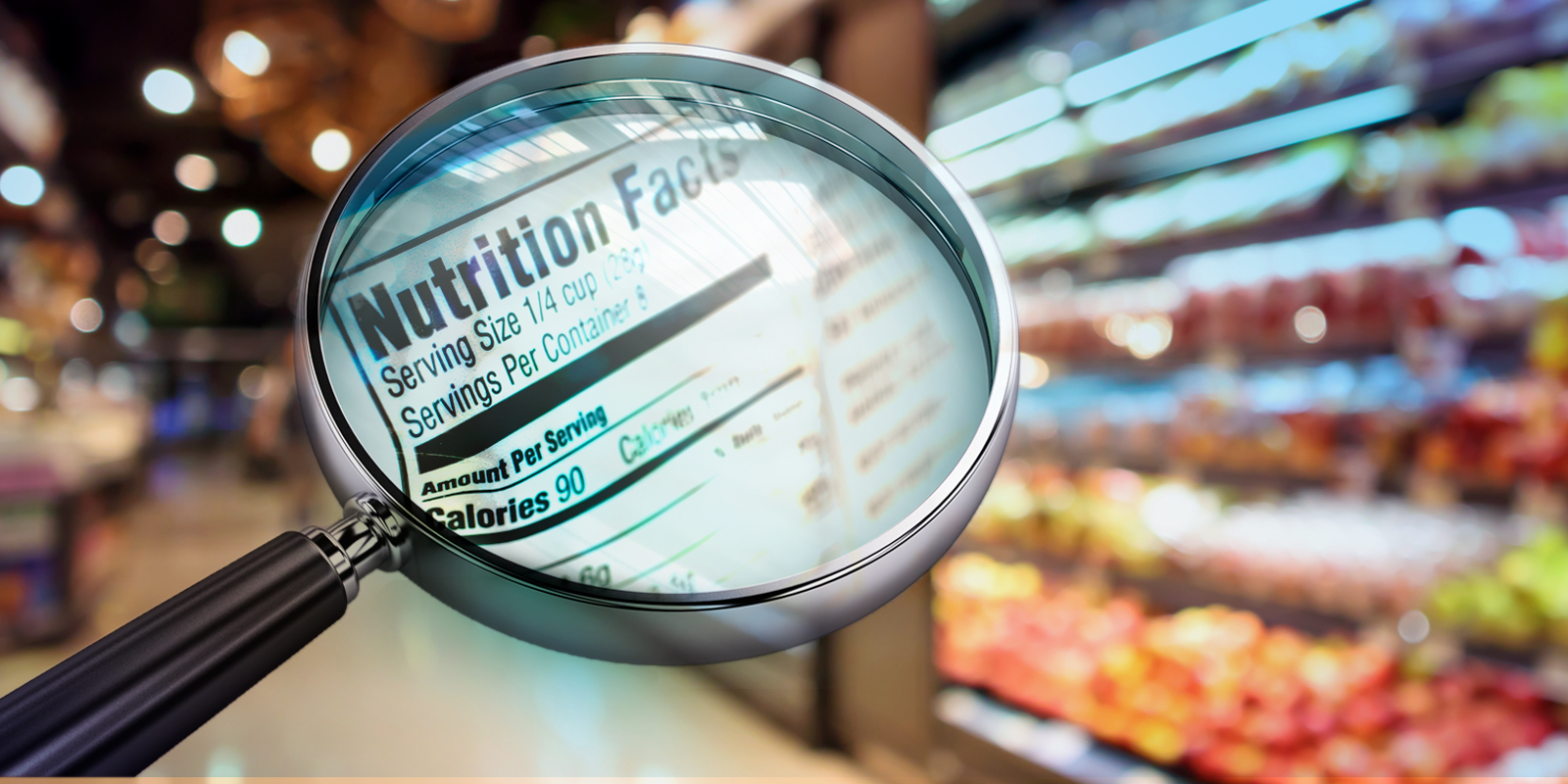
FDA Proposes Updated Definition of "Healthy" Claim for Food; Seeks Comment
In Short
The Situation: To conform with current nutrition science and federal dietary guidance, the U.S. Food and Drug Administration ("FDA") has proposed updated criteria for when food labels can bear what the FDA refers to as the implied nutrient content claim "healthy." FDA is accepting comments to the proposed rule through December 28, 2022.
The Result: The proposed rule would update the definition of "healthy" under a framework that uses a food group-based approach and limits the amount of certain nutrients contained in foods labeled "healthy." The proposed rule would also add certain recordkeeping requirements for food manufacturers making "healthy" claims on food labels.
Looking Ahead: "Healthy" is understood to be a popular claim in food marketing. If adopted, the proposed rule may force certain food products away from use of a "healthy" claim while opening its use to other food products. Stakeholders should scrutinize the proposed criteria alongside current and contemplated foods to assess likely impact.
Since 1994, FDA has regulated use of the term "healthy" as an implied nutrient content claim on food labels. Under the current regulation (21 CFR § 101.65(d)), foods must not exceed certain limits on total fat, saturated fat, cholesterol, and sodium. Some foods must contain a minimum amount of one or more nutrients whose consumption is encouraged (such as vitamin A, vitamin C, calcium, iron, protein, or dietary fiber) to bear the "healthy" claim.
Rather than focusing on individual nutrients, the updated criteria for "healthy" shifts its focus to food groups and nutrient content, applying different criteria for different categories of foods, including raw, whole fruits and vegetables, individual food products, and combination foods (mixed products, main dishes, and meal products).
To be labeled "healthy" under the proposed rule, food products would need to contain a certain amount of food (a "food group equivalent") from at least one of the following food groups: vegetables, fruits, grains, dairy, protein foods, or oils. Additionally, a main dish must include at least one food group equivalent from at least two different food groups. One food group equivalent of a vegetable, for example, would be equal to one 1/2 "cup-equivalent" of vegetables per reference amount customarily consumed. Cup- (and ounce-) equivalents, which identify the amounts of foods from each food group with similar nutritional content, are based on amounts discussed in the Dietary Guidelines for Americans, 2020–2025. For vegetables and fruits, for example, one cup-equivalent is equal to one cup raw or cooked vegetable or fruit, one cup 100% vegetable or fruit juice, two cups leafy salad greens, or 1/2 cup dried vegetable or fruit.
Food products would also need to limit certain nutrients, such as sodium, saturated fats, and sugars in order to bear the claim "healthy." Specifically, the proposed rule would continue to limit sodium and saturated fats, but impose a lower sodium limit than currently allowed. The proposed rule also sets a baseline limit for saturated fat that would be adjusted based on specific nutrient considerations associated with different food groups, with some exclusions for saturated fat derived from nuts and seeds. FDA also proposes removing the limit for total fat in the updated criteria. Additionally, the proposed rule introduces a new limit on added sugars. FDA notes that it does not consider low- and no-calorie sweeteners to be added sugars. Finally, although the previous framework required minimum amounts of certain nutrients like vitamin A, vitamin C, or calcium, the proposed framework has no such minimum requirements.
These changes, if implemented, would likely result in allowing "healthy" labels for some foods that cannot be labeled "healthy" under the existing regulations—like nuts and seeds, higher fat fish, and certain oils. Conversely, some foods that are currently labeled as "healthy" under existing regulations may not fall within the proposed framework. Additionally, some foods, such as raw, whole fruits and vegetables, would automatically be permitted to use the "healthy" claim without meeting the new requirements, due to their nutrient content and contribution to an overall healthy diet.
The proposed rule also adds certain recordkeeping requirements. Specifically, when not apparent from the standard information required on the food label, manufacturers would be required to make and keep written records—such as analyses of databases, recipes, and formulations—to verify compliance with FDA's requirements. Food manufacturers would be required to keep these records for at least two years after any unit of product is introduced or delivered for introduction into interstate commerce. This recordkeeping requirement would not apply to manufacturers of raw, whole fruits and vegetables or water.
If the proposed rule is finalized in its current form, manufacturers of food products currently labeled "healthy" that would not be eligible under the new guidelines would be required to remove the "healthy" claim from the label or reformulate the food product before the compliance date. Using the "healthy" label is voluntary, and FDA is currently conducting research on a symbol that industry may use to label food products that meet the "healthy" definition.
If finalized as written, the proposed rule would go into effect 60 days after the final rule's publication in the Federal Register, with a compliance date three years after the effective date.
Comments on the proposed rule must be submitted by December 28, 2022. Among other topics, FDA is requesting comments on the proposed compliance date; whether calorie-free beverages, coffee, and tea are or should be eligible to bear the "healthy" claim; and whether fruit or vegetable powders should be considered fruits or vegetables (respectively), for the purpose of calculating food group equivalents.
Three Key Takeaways
- Interested stakeholders are encouraged to submit comments to offer recommendations and seek clarification by December 28, 2022.
- Companies should take steps to evaluate their food products in the context of the proposed rule to determine what products may be at risk of becoming considered not "healthy," including necessary label changes and/or potential reformulations, and contemplate the loss of the claim in light of products in the marketplace.
- Companies should also explore whether food products that do not currently bear the "healthy" label would be eligible to do so if the rule is adopted.




